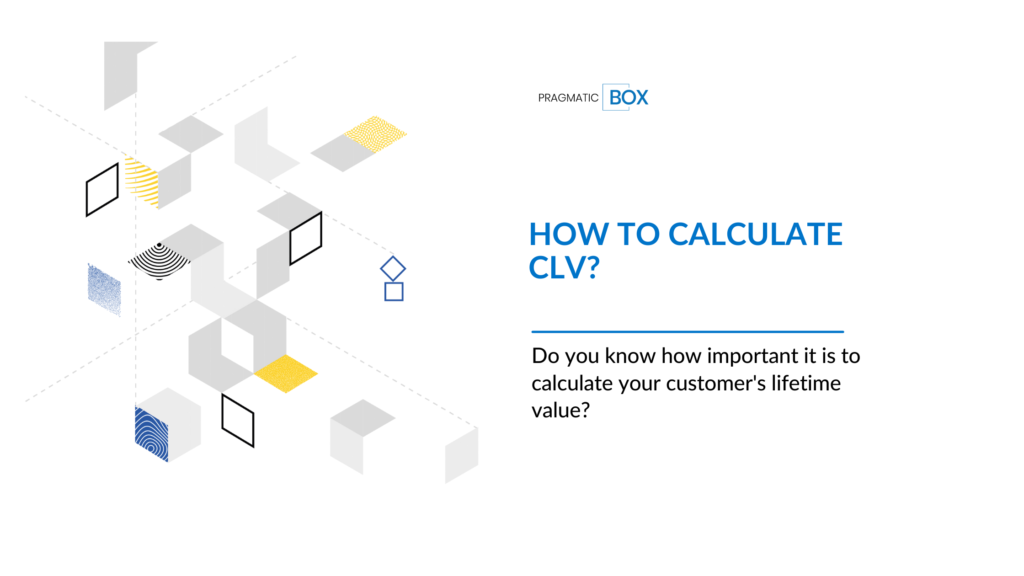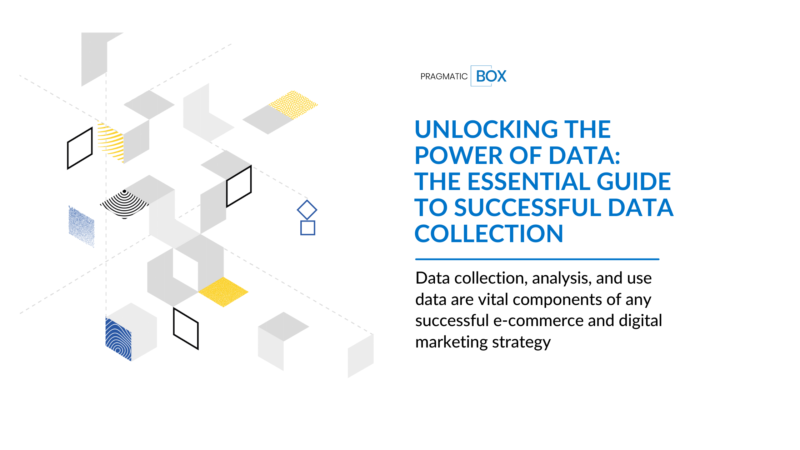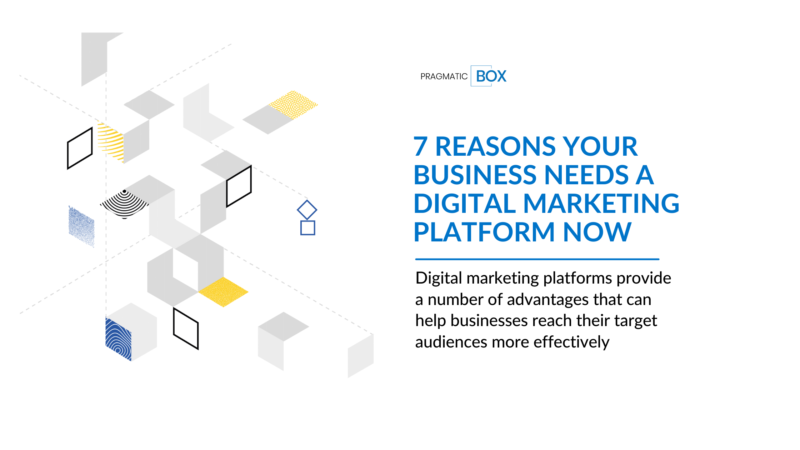Do you know how important it is to calculate your customer lifetime value (CLV)? CLV is a metric that shows you the total amount of revenue a customer will bring in during their time with your company. To put it simply, CLV is a way to measure how profitable a customer is.
Knowing your CLV is essential for making sound marketing decisions and budgeting correctly. After all, if you don’t know how much revenue each customer brings in, it’s hard to make informed decisions about where to allocate your marketing resources.
In this blog post, we’ll show you how to calculate CLV so that you can start using this essential metric in your own marketing efforts. Keep reading to learn more!
What is the customer lifetime value (CLV)?
Customer lifetime value is a business metric used to measure the net present value of all potential future profits a customer can bring to a company. It’s an estimate designed to help companies optimize their strategies for increasing customer loyalty and revenue growth. The key elements of CLV include understanding the total cost of acquiring and managing a customer, predicting future purchases or interactions, and estimating customer income over the entire period of a relationship. Taking these into account, CLV allows companies to focus on those items that best increase revenue in the long run rather than just looking at short-term benefits. Having a CLV model in place ensures that businesses can make informed decisions about marketing efforts as well as product development and pricing.
Role of CLV in business
CLV, or Customer Lifetime Value, is a metric that measures the value of a customer to a business. It takes into account not only the revenue that a customer brings in but also the costs associated with acquisition and retention. By understanding CLV, businesses can make more informed decisions about where to allocate their resources in order to maximize profitability. In today’s competitive landscape, understanding and leveraging CLV is essential for any business that wants to stay ahead of the curve.
Factors that go into calculating CLV.
Calculating a customer’s lifetime value is a complex process that takes into account a number of factors. A key element for determining CLV is ascertaining the profit margins of the products or services being purchased by a customer over an extended period of time. Other factors shaping CLV include customer retention rate, which is the percentage of customers who make repeat purchases, the size and frequency of the average purchase, discounts offered to customers, and loyalty rewards such as gift cards or special offers. Evaluating these key elements helps inform companies about their most valuable customers and how to increase their total CLV.
Use the following formula to calculate CLV:
[(average order value x purchase frequency)/churn rate] + (lifetime value of a customer).
Estimating customer lifetime value is a critical part of predicting customer behavior, as it helps businesses understand how much long-term revenue and profit can be gained from individual customers. The formula for determining CLV includes the average order value multiplied by purchase frequency, divided by churn rate, plus the lifetime value of a customer. By gaining an understanding of how much a customer can contribute to your company over their entire lifecycle, you can effectively plan marketing strategies and decide which customers have the highest priority in terms of maintenance and loyalty programs. Taking the time to calculate CLV is vital if you want to make sure your business continues to drive growth and focus on high-performing customers.
How to use CLV data to make decisions about marketing and product development spending?
Knowing how to use customer lifetime value data is essential for making informed decisions about product development and marketing spending. To properly apply CLV data to your business, you need to work out a baseline figure for each customer, gain an understanding of the cost associated with creating and keeping loyal customers, and analyze where you are losing customers in your funnel. This will help you determine patterns in individual behavior that can be used to inform strategic decisions while staying within budget. Detailed CLV analysis provides quantifiable evidence that maximizes return on investment (ROI) by informing more efficient budgeting and forecasting. By taking into account both current and future profits generated from customer interactions, businesses are more likely to generate larger returns over time.
When to outsource the calculation of the most important metrics?
Understanding your Customer Lifetime Value is an important aspect of any successful customer relationship, yet many struggles to accurately calculate it. Fortunately, there are professionals available to help if you don’t have the time, resources, or technical knowledge to do it yourself. If you have identified a need for greater customer insight and want to focus on growing customer relationships with better segmentation and targeting, it may be worth considering outsourcing the calculation of your CLV. With the help of a professional, you can easily access this valuable metric in order to make smarter business decisions that improve long-term profitability.
Customer lifetime value is a metric that businesses use to assess the financial worth of their customer base. By understanding how CLV is calculated and what factors go into it, you can make more informed decisions about your marketing and product development spending. If you want to outsource the calculation of CLV, our Data-Driven tool will help you calculate the most important metrics fast.




